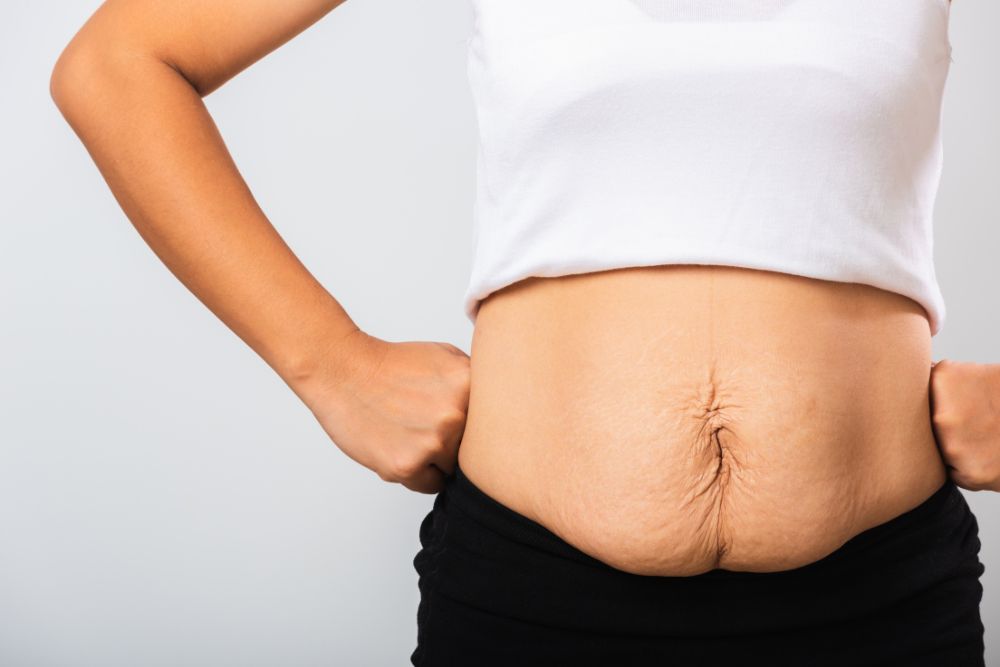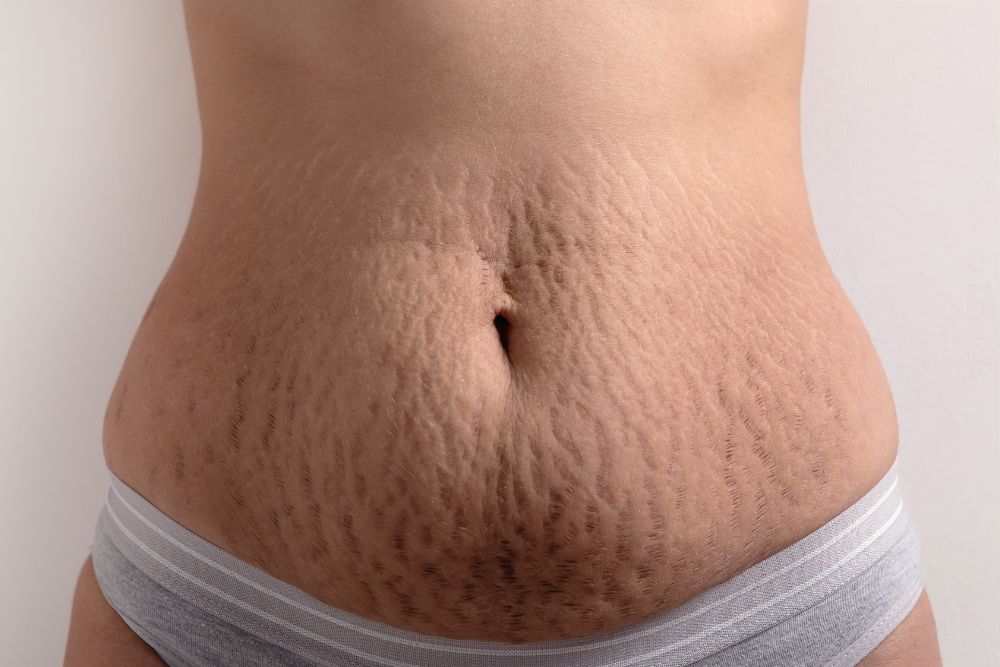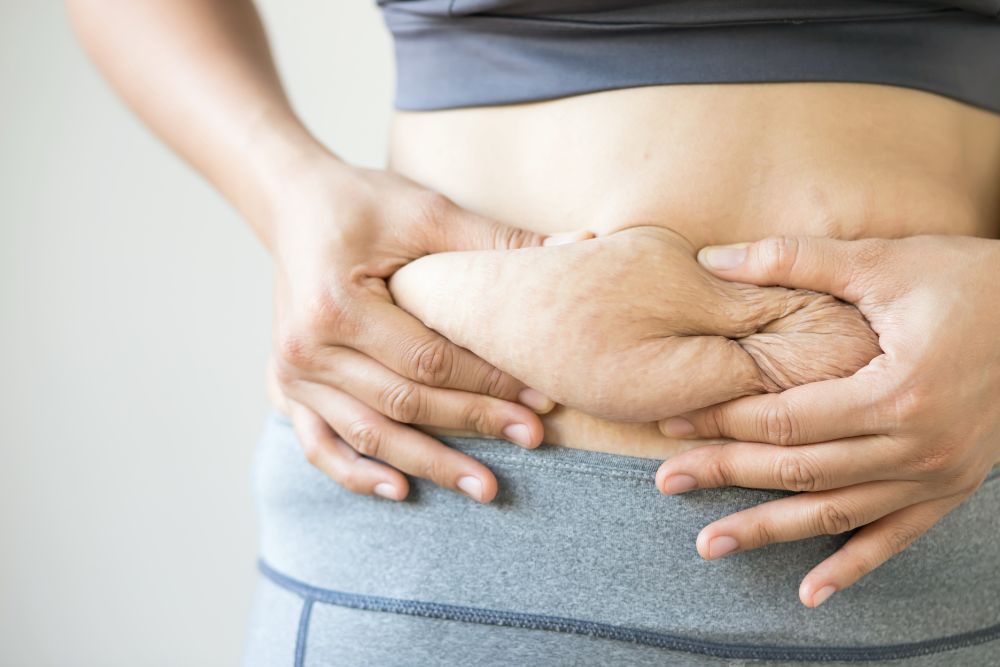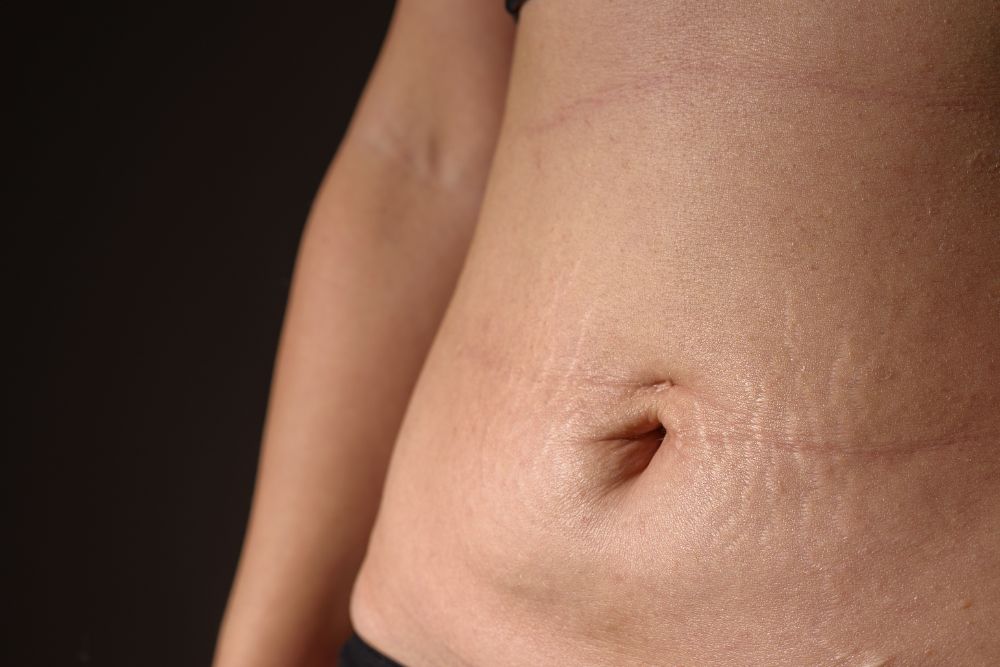Introduction: Understanding Tummy Tuck Surgery
A tummy tuck, or abdominoplasty, is a transformative cosmetic surgery procedure that helps individuals achieve a flatter, more toned midsection. Whether you’re dealing with excess skin and fat due to significant weight loss or the changes brought by pregnancy, a tummy tuck can be an effective solution. However, one of the primary concerns for many considering this procedure is the scarring. In this guide, we’ll explore the tummy tuck procedure, the nature of the scars it leaves, and how to optimize healing and minimize their appearance.
What is Abdominoplasty?
Abdominoplasty, commonly known as a tummy tuck, is a surgical procedure performed by a board-certified plastic surgeon to remove excess skin and fat from the midsection. Choosing board-certified plastic surgeons is crucial for achieving optimal outcomes, minimizing scarring, and ensuring safety and satisfaction for the patients. This surgery is especially beneficial for those struggling with loose skin and stubborn fat in the abdominal area, often due to significant weight loss or post-pregnancy changes. The procedure aims to contour the body by enhancing the waistline and leaving a flatter, firmer midsection.
How Are Incisions Made?
During a tummy tuck, incisions are carefully made around the abdominal wall, typically from hip to hip and around the belly button. It is crucial to design a low tummy tuck incision to minimize scar appearance. These incisions allow the surgeon to remove excess skin and tighten the abdominal muscles. The overall objective is to achieve a more contoured and aesthetically pleasing midsection.
Types of Procedures
-
Traditional (Full) Tummy Tuck: This procedure addresses the entire abdominal area, extending from the pubic area to above the belly button.
-
Mini Tummy Tuck: This focuses on the lower abdomen, specifically below the belly button, and is less extensive than a full tummy tuck.
-
Extended Tummy Tuck: This involves a more extensive procedure that may include liposuction to achieve desired results.
The Tummy Tuck Scar
 Characteristics of a Tummy Tuck Scar
Characteristics of a Tummy Tuck Scar
Tummy tuck scars are a natural part of the healing process, and their appearance varies depending on the type of tummy tuck performed. The formation and treatment of scar tissue involve methods such as scar massage, topical treatments, moisturizing, and avoiding UV exposure to minimize the appearance of scars and prevent excessive collagen production. The standard tummy tuck scar involves a hip-to-hip incision below the navel and above the pubic area, typically hidden within the underwear line.
Factors Affecting Scar Appearance
Several factors influence the appearance of tummy tuck scars, including genetics, skin color, and lifestyle choices. Proper care and following your surgeon’s instructions can significantly improve the healing process and minimize scar visibility.
The Tummy Tuck Scar
 Initial Healing Phase (0-2 Weeks)
Initial Healing Phase (0-2 Weeks)
Immediately after surgery, the incisions will appear red and prominent. Lifestyle factors, genetic variations, and personalized care play a significant role in wound healing and reducing the appearance of scars. During this phase, it’s crucial to follow your surgeon’s aftercare instructions, avoiding heavy lifting, strenuous exercise, and sun exposure to promote optimal healing.
Maturation Phase (2-12 Months)
As months pass, the scars will mature and fade, becoming less noticeable. This phase involves the scars flattening and changing color, progressing from deep purple to red, pink, and eventually fading to pale purple or white. Complete maturation may take a year or more.
How Long Does It Take for Scars to Heal?
Tummy tuck scars generally take a minimum of 12 months to fully mature, during which their appearance will change considerably. Patience and proper care are key to achieving the best results.
Scar Care and Treatment
Topical Treatments
Using specific creams, gels, and silicone sheets can aid in the healing process and improve scar appearance over time. Look for products containing silicone or allantoin for maximum effectiveness.
Laser Scar Treatment
Laser scar treatment is an effective option for reducing the visibility of tummy tuck scars. Specific laser scar removal procedures such as HALO®, BroadBand Light™ therapy, and scar fading creams are available for addressing slow-healing scars. This treatment uses focused light therapy to remove the outer layer of skin or stimulate new skin cell production.
Steroid Injections
Steroid injections can be used to reduce the appearance of thick, raised, or red scars. These injections may be given at the time of surgery or a few weeks after to reduce inflammation.
Advanced Scar Minimization
 Laser Skin Resurfacing Treatments
Laser Skin Resurfacing Treatments
Laser skin resurfacing can help reduce the appearance of tummy tuck scars by stimulating new skin cell growth. These treatments also improve skin texture and tone.
Scar Revision Surgery
For hypertrophic or keloid scars, scar revision surgery may be necessary. This involves cutting out the scar and closing the wound with stitches. It’s recommended to wait 12-18 months post-surgery for scar revision, allowing the scar to mature and the skin to relax.
Managing Expectations
What to Expect from Tummy Tuck Scars
While a tummy tuck can significantly redefine your midsection, scarring is inevitable. However, with proper care and advanced treatments, scar visibility can be minimized. At Advanced Cosmetic Surgery, our team is dedicated to providing you with the best possible care to achieve optimal results.
Revision and Correction
Can Tummy Tuck Scars Be Revised?
Yes, tummy tuck scars can be revised if they are too high, wide, or otherwise unsatisfactory. Scar revision techniques include progressive tension suturing, serial excision, and tissue expansion.
Treatments for Scars That Don’t Fade
If your tummy tuck scars do not fade after a year, various treatments such as laser scar removal can improve their appearance. Consult with your plastic surgeon to explore available options.
Conclusion
Importance of a Qualified Surgeon for Tummy Tuck Surgery
Choosing a qualified, board-certified plastic surgeon is crucial for achieving the best outcomes from your tummy tuck surgery. At Advanced Cosmetic Surgery, our experienced surgeons specialize in a range of procedures, including tummy tucks, liposuction, breast augmentation, and more. We also offer non-surgical treatments like Botox, fillers, and chemical peels, ensuring comprehensive cosmetic and reconstructive surgery services in South Carolina.
FAQs About Tummy Tuck Surgery
1. What is the recovery time for a tummy tuck?
Recovery time varies, but most patients can return to light activities within two weeks. Full recovery, including resuming strenuous activities, typically takes 4 to 6 weeks.
2. Will there be visible scars after a tummy tuck?
Yes, but skilled plastic surgeons place incisions in less noticeable areas, such as the bikini line, and over time, scars usually fade and become less prominent. An extended tummy tuck requires a horizontal incision across the lower abdomen and around the hips, and often a vertical incision as well.
3. Can a tummy tuck be combined with other procedures?
Yes, a tummy tuck can be combined with procedures like liposuction, breast augmentation, or a breast lift for more comprehensive results and reduced overall recovery time.
4. How much weight can I lose with a tummy tuck?
A tummy tuck is not a weight-loss procedure. It’s designed to remove excess skin and contour the abdomen. Patients are encouraged to reach a stable weight before surgery.
5. How long do the results of a tummy tuck last?
Results can be long-lasting if you maintain a stable weight and healthy lifestyle. Significant weight fluctuations and future pregnancies can impact the longevity of the results.

